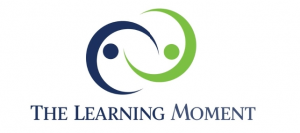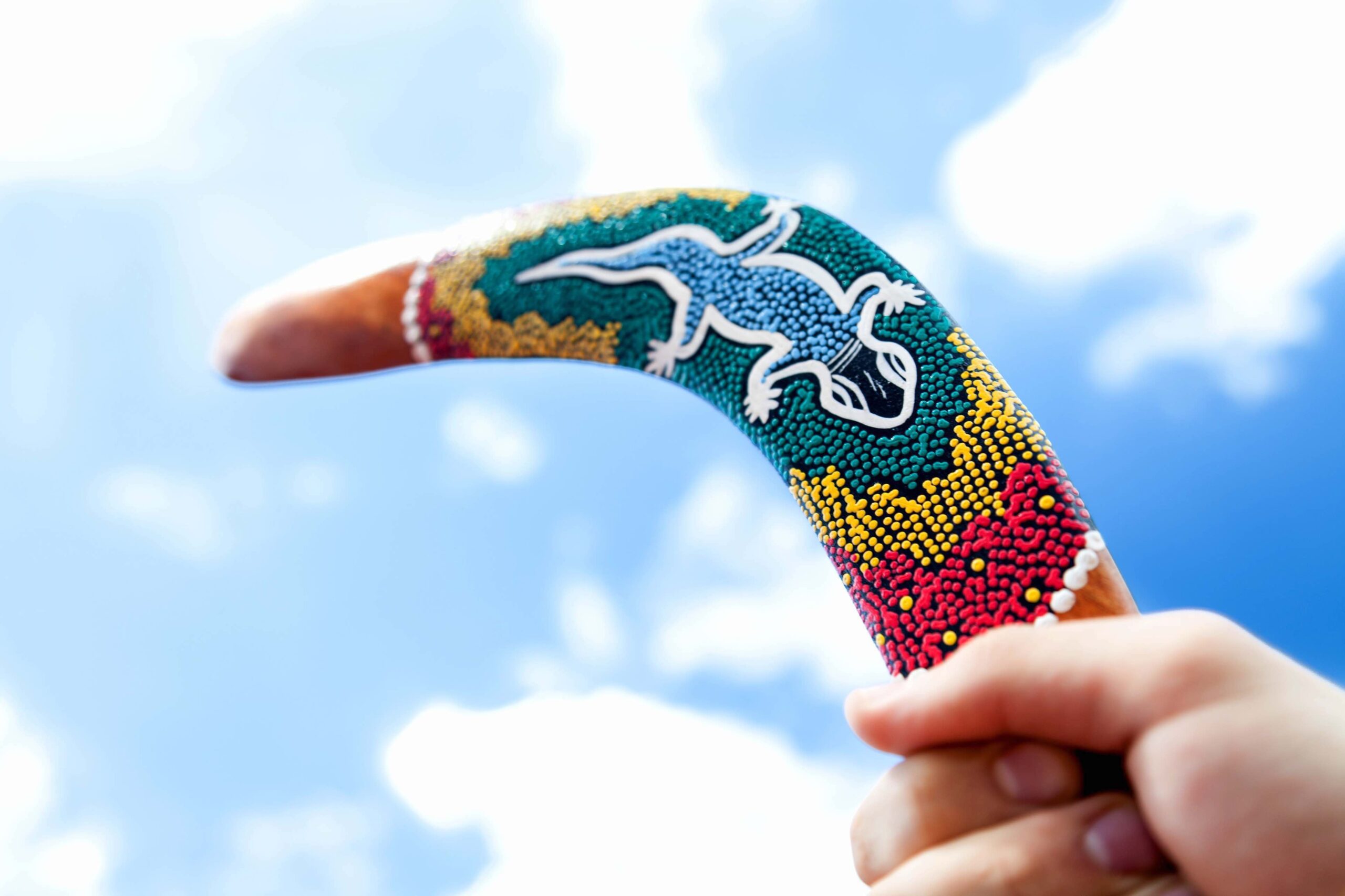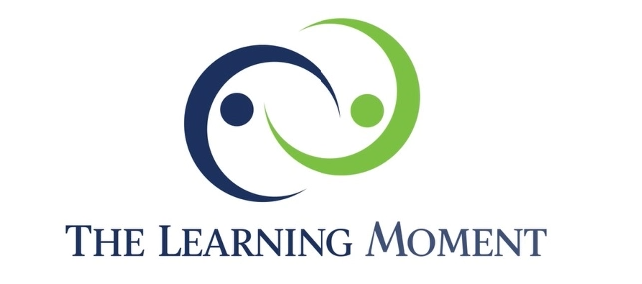It’s trendy these days to talk about corporate culture. What’s not to love about corporate culture – assuming it’s a positive, healthy one? Employees working and playing harmoniously with each other. Referring your company to their friends when you have positions open. Wearing your company’s swag while grocery shopping so that everyone in the community at large knows that they’re proud of where they work.
The culture conversation is becoming so universally pervasive that companies are beginning to hire for positions dedicated exclusively to the care and feeding of their internal way of life. And that’s beginning to worry me. I am the CEO of WD-40 Company, and I attribute its success over the last 20 years to our dedication to a unified, defined, permanently implanted culture. The success of the culture, in turn, can be credited to the fact that it started with the Day One commitment from the CEO. This was a commitment that I could not outsource. But it was also a commitment that I couldn’t keep to myself. Everyone equally shares the responsibility of sustaining and perpetuating our culture today, next week, and so far into the future that it will outlast all of us.
Still. It starts with the CEO. In the earliest days, I set about to study what makes a healthy, lasting culture. And being Australian, I found myself focusing on the aborigine tribes of my homeland and Pacific islands. What I learned, and what I brought back with me, transformed WD-40 Company from a community of employees doing good work to a community of tribal members doing their life’s work in the company of and with the support of each other.
We became a tribe. And our experience has proven out the wisdom of our approach: 99.0% of our tribe members say that they love to tell people that they work for WD-40 Company. And in the last 20 years, our sales have quadrupled. Our market cap has increased from $250 million to slightly over $2.5 billion. Our annual compounded growth rate of total shareholder return is 15%.
Would you like to learn more? Click here for the full report of The WD-40 Company Tribe Story: How We Turned a Great Company into a Community of Belonging.
What Makes a Community a Tribe?
In my research I discovered seven key components to a tribal culture that any CEO can duplicate – assuming, of course, he or she is fully committed to the long-term shift in the company’s way of doing things.
It’s simple but it’s not easy. Click here to access the full report to receive in-depth insights into the process. But for now, here are the seven essential elements present in every healthy, sustainable tribal culture (including yours, should you decide to embrace this approach):
Learning and Teaching:
The leaders of your tribal community must commit themselves to the responsibility of teaching future generations the basic skills in survival, and then how to thrive in changing conditions. Leaders must also be willing to learn from their junior tribe members. “I don’t know,” is not an occasion for shame in a Learning and Teaching tribal environment. It’s an invitation to “please teach me.” Everyone is richer for the experience.
Values:
Our values are what unite us. They bring us together in a protective ecosystem of our day-to-day work and decisions. Our values also set us free. They are the guidelines which, once learned and embraced, release us to focus on the activities that make us successful – both as a tribe and as individuals. When clearly defined and expressed, they tell us what our tribe cherishes above everything else. And in what order of importance.
Belonging:
Belonging, as it shows up in the third level of Maslow’s Hierarchy of Needs, and how it appears in the day-to-day life of a healthy tribe, is about creating an experience where employees can focus on building a future for their company because they’re not obsessing about their security and survival. They feel protected, supported, and safe to be authentic in both their personalities and the way they perform their work.
Future Focus:
One of the key responsibilities of all tribal leaders is to create an enduring organization or group that can survive over time. Leaders need a future focus or they run out of options quickly. As tribal leaders, we are responsible for making sure that our tribe has access to the necessary abundance on which to thrive and prepare a place for future generations.
Specialized Skills:
In any tribe, there are better hunters, better fishermen, better builders, better spear makers, better fighters, better farmers. The job of the tribal leader is to know who is who, so they can be deployed exactly as they are needed, when their services are required. Great leaders know what skills are likely to be needed around future corners, and who is most likely to be able to meet those demands. And then they commence the planning and nurturing.
Warriors:
Personally, I prefer a workplace culture where my tribe members are joyful in the work they do and who they do it with. But let’s not lose sight of the fact that it’s also competition, with serious stakes involved. To be a market leader, we must have a warrior spirit. We can be happy warriors. But we have to be warriors all the same. This attitude is good for the company. And it’s good for our fellow tribe members.
Celebration:
In all tribal cultures, members set aside time to mark important occasions and recognize individuals. There is a ritual of some sort, designed to call attention to the truly momentous moment. In the corporate world, celebration is an appreciation of the people. And it requires intention. It is the tribal leader’s officially sponsored moment of appreciation – authentic, relevant, joyful, memorable, and reflecting all the tribe values in a single experience.
Conclusion
Tribes are corporate culture on steroids. In his book, Tribe: On Homecoming and Belonging, Sebastian Junger puts it this way: “The earliest and most basic definition of community – of tribe – would be the group of people that you both help feed and help defend.”
From the CEO’s perspective, this is a simple initiative – this business of infusing your already-in-motion company with a tribal culture. But it’s not easy. But it is so very much worth it. Even for you. For the first time in your career, quite possibly, you will feel as though you belong. You, too, are a tribe member.
Would you like to learn more? Click here for the full report of The WD-40 Company Tribe Story: How We Turned a Great Company into a Community of Belonging.
READY TO GET STARTED?
Get in touch
Send a message with any questions you might have about reaching your workplace goals.


